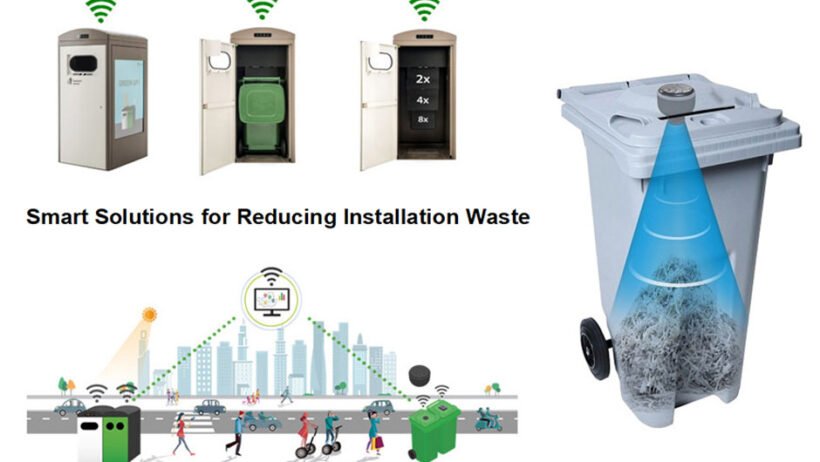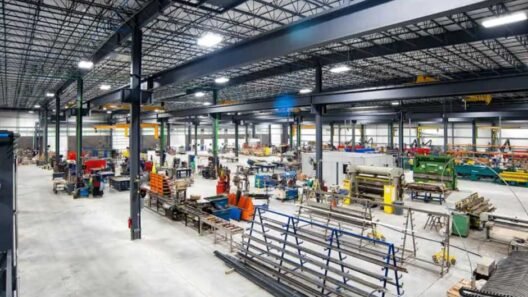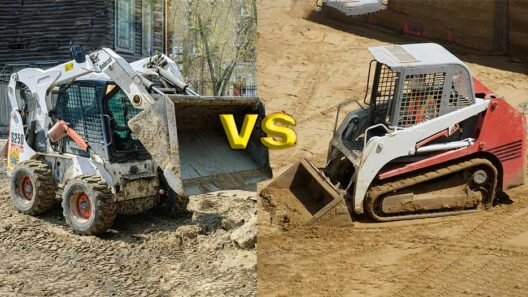Every construction project generates waste. It’s an unavoidable part of the job, but that doesn’t mean it can’t be minimized. From offcuts of lumber to packaging materials, installation waste adds up quickly—costing you money, time, and potentially harming the environment. The good news? With a few strategic changes, you can drastically reduce waste on your next project without sacrificing quality or efficiency.
Whether you’re a seasoned contractor or a DIY enthusiast, cutting down on waste starts with smarter planning and better material management. Here’s how to make every piece count.
Plan Before You Purchase
One of the biggest contributors to installation waste is over-ordering materials. It’s tempting to buy extra “just in case,” but that safety net often turns into leftover materials that end up in the dumpster.
Start by taking precise measurements and creating a detailed material list. Use digital tools or apps designed for construction estimating to calculate exactly what you need. Factor in a small buffer for mistakes or damage—typically 5-10%—but avoid the urge to double up unnecessarily.
When ordering specialty items like a metal roof snow guard, accuracy becomes even more important. These components are designed for specific applications, so ordering the right quantity upfront prevents waste and costly returns.
Choose Quality Over Quantity
Cheap materials might seem like a bargain, but they often lead to more waste. Low-quality products are more prone to damage during installation, meaning you’ll need replacements and generate more scrap in the process.
Investing in durable, high-quality materials reduces the likelihood of breakage and ensures a longer lifespan for the finished project. This approach not only cuts down on waste but also saves money in the long run by reducing maintenance and replacement costs.
Look for materials that come with minimal packaging or use recyclable packaging. Many manufacturers are now offering eco-friendly options that align with waste reduction goals.
Optimize Your Cutting Strategy
Offcuts are one of the most common forms of installation waste, especially in projects involving lumber, drywall, or roofing materials. A little planning can go a long way in reducing these scraps.
Before making any cuts, map out how you’ll use each piece of material. Arrange cuts to maximize the usable area and minimize leftover sections. For example, if you’re working with sheet materials, plan your cuts so that smaller pieces can be used elsewhere in the project.
Keep a “scrap bin” for offcuts that are still usable. These smaller pieces can often be repurposed for blocking, backing, or trim work. Instead of tossing them, think creatively about where they might fit.
Reuse and Repurpose Materials
Not all waste needs to leave the job site. Many materials can be reused or repurposed for other parts of the project or future jobs.
Leftover lumber can be turned into stakes, bracing, or even furniture. Scrap metal can be saved for small repairs or DIY projects. Even packaging materials like cardboard and foam can find new life as protective coverings or templates.
If you have materials you won’t use, consider donating them to local community organizations, schools, or nonprofits. Many groups welcome construction materials for their own projects, and your donation could be tax-deductible.
Separate and Recycle
Even with the best planning, some waste is inevitable. The key is ensuring it doesn’t all end up in a landfill.
Set up separate bins on your job site for different types of waste: wood, metal, plastic, cardboard, and general trash. This makes recycling easier and more efficient. Many recycling facilities accept construction materials, but they often require proper sorting.
Metals, in particular, are highly recyclable and can even generate a small return if taken to a scrap yard. Wood scraps can sometimes be chipped and used as mulch or biomass fuel. Check with local recycling centers to see what options are available in your area.
Work With the Right Partners
Your suppliers and subcontractors play a big role in how much waste your project generates. Choose partners who prioritize sustainability and offer flexible return policies.
Some suppliers allow you to return unopened materials for a refund or credit, which can be a lifesaver if you over-order. Others offer take-back programs for packaging or unused products. Don’t hesitate to ask about these options when placing your order.
Working with experienced installers who understand efficient material use can also make a difference. Skilled professionals know how to stretch materials further and reduce mistakes that lead to waste.
Track and Improve
Reducing installation waste isn’t a one-time effort—it’s an ongoing process. After each project, take time to review what worked and what didn’t.
How much material was left over? Where did the most waste come from? Were there any surprises that could have been avoided with better planning? Use these insights to refine your approach for the next job.
Keeping records of material usage and waste levels can help you identify patterns and make smarter decisions moving forward. Over time, these small improvements add up to significant savings and a lighter environmental footprint.
Building Smarter, Not Harder
Reducing installation waste doesn’t require drastic changes or expensive investments. It’s about being intentional with your planning, choosing quality materials, and thinking creatively about reuse and recycling.
Every piece of material you save is money back in your pocket and one less item headed to the landfill. By adopting these smart solutions, you’ll not only improve your bottom line but also contribute to a more sustainable construction industry. Start small, track your progress, and watch the difference it makes.








